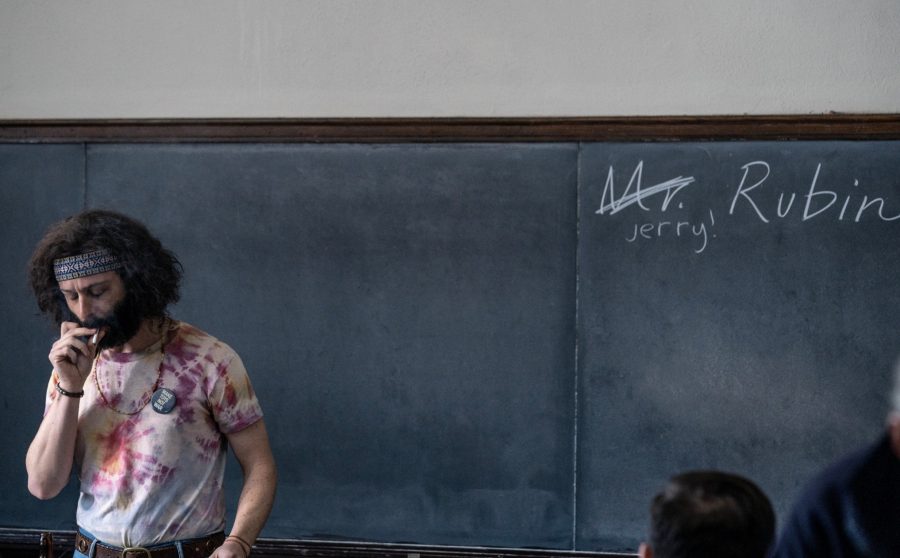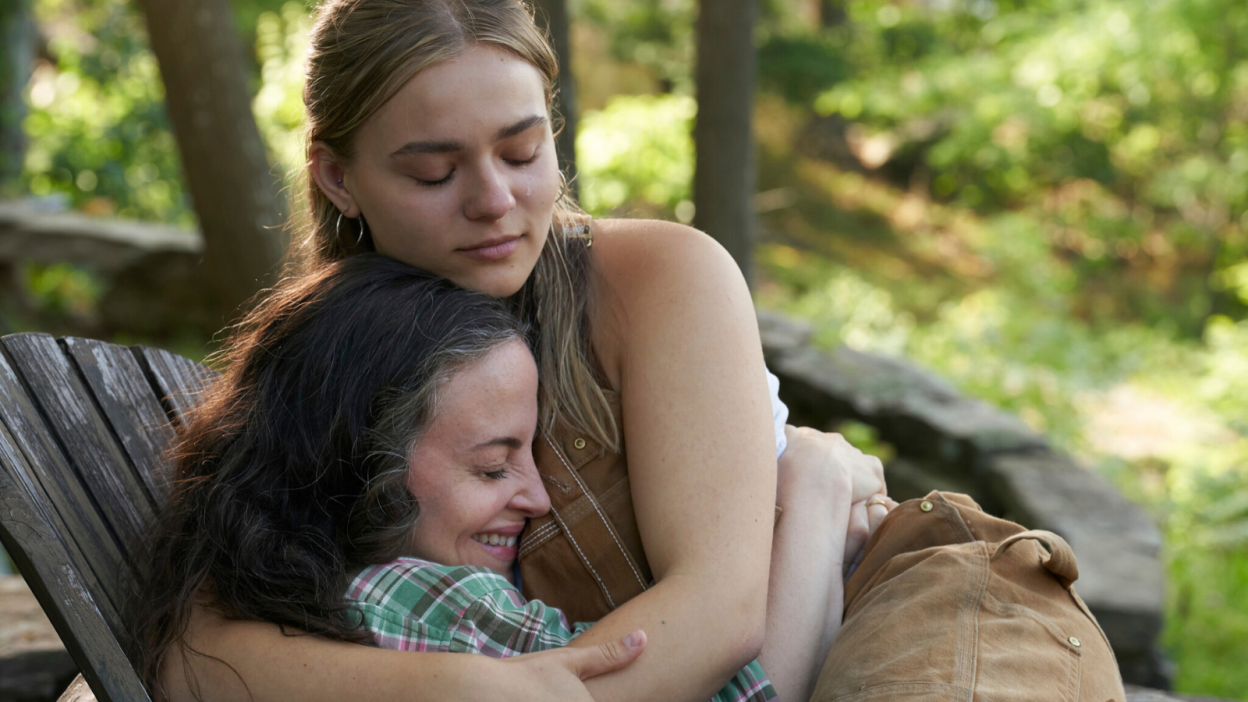The Killing of Two Lovers (2021)

6.6
A stylishly desolate portrait of divorce whose characters can't quite create compelling drama
Movie
United States of America
English
Drama, Thriller
2021
ROBERT MACHOIAN
Arri Graham, Avery Pizzuto, Barbara Whinnery
84 min
TLDR
Just like in Kramer vs. Kramer, I guess there's only one side to every story of divorce.
What it's about
A married couple with four children agree to see other people while in the process of separating from one another, but the husband has difficulty accepting these new circumstances.
The take
The broad, symbolic strokes of The Killing of Two Lovers—how its story is set up and the general atmosphere it evokes—are stunning to behold. It's a naturalistic story whose ordinary moments feel like they're being told at the end of the world, given how deliberately chilling Robert Machoian's direction is. Unfortunately, once you start getting into the details of the plot and its characters, their actions and decisions don't lead to particularly interesting insights about the separation and the couple's relationship to each other or their children. The end result is something that's clearly driven by a compelling mood more than anything, but whose resolution still feels anticlimactic.
What stands out
The setting in which The Killing of Two Lovers takes place is ripe for drama, and Machoian manages to make the most out of it. Much of the film takes place on flat terrain, out in the quiet countryside, with mountains rising up from the horizon. There's a feeling running throughout the entire movie that these characters have nowhere to hide, and whenever any of them literally tries to run away, they're essentially still running in plain sight. It's cool to see the themes of a film externalized this way and reflected in its surroundings—which is why it's also disappointing that the characters can't always reflect them in the same way.
Comments
Your name
Your comment
Your comment
UP NEXT
UP NEXT
UP NEXT
Curated by humans, not algorithms.

© 2025 agoodmovietowatch, all rights reserved.



















